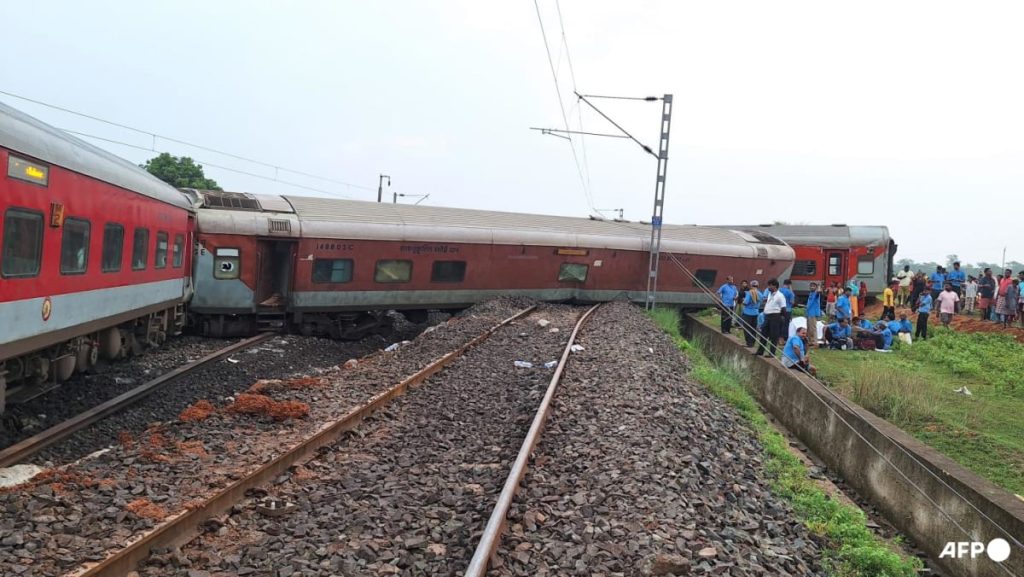India has launched a massive US$30 billion railway infrastructure modernisation project aimed at boosting the country’s economy and improving connectivity. However, analysts argue that India’s rail system, though experiencing a decrease in accidents over time, still faces significant challenges due to its antiquated nature. According to official records, an average of 20,000 people died each year between 2017 and 2021 in rail accidents, highlighting the pressing need for modernisation and safety improvements.
The main causes of derailments in India are attributed to defective tracks, poor maintenance, old signaling equipment, and human error, as reported by India’s top audit authority. These factors have contributed to tragic accidents, such as one which occurred last year resulting in nearly 300 fatalities when a passenger train collided with a stationary goods train, with the derailed compartments subsequently striking another fast-moving passenger service. India’s worst rail disaster dates back to 1981 in Bihar state, where a cyclone caused a train to derail into a river, resulting in 800 fatalities and over 100 injuries.
As the world’s fourth-largest rail network, Indian Railways operates a vast system that spans approximately 64,000km of tracks, serving around 21 million passengers daily with 8,000 locomotives and 14,000 trains. Despite the scale of operations, the system remains vulnerable to safety risks due to its aging infrastructure and outdated equipment. The need for comprehensive modernisation and upgrade initiatives is evident in order to enhance safety, efficiency, and reliability across the railway network.
The US$30 billion investment in railway infrastructure modernisation announced by India seeks to address these challenges and transform the rail system into a safer, more efficient mode of transportation. By upgrading tracks, signaling systems, and maintenance practices, the aim is to reduce accidents and improve overall operational efficiency. With a focus on enhancing connectivity and promoting economic growth, the modernisation project is expected to benefit both passengers and freight operators, facilitating smoother and more reliable rail services.
Despite the ongoing efforts to modernise the rail network, India’s railways continue to face critical safety concerns that must be urgently addressed. By prioritising safety improvements, such as replacing defective tracks, implementing advanced signaling technologies, and enhancing maintenance practices, India can mitigate the risks associated with railway accidents. The successful implementation of the modernisation project will not only enhance the safety and efficiency of the rail system but also contribute to overall economic development and improved connectivity throughout the country.
In conclusion, India’s ambitious US$30 billion investment in railway infrastructure modernisation underscores the country’s commitment to enhancing safety, connectivity, and efficiency within its rail network. While challenges persist, such as the prevalence of accidents and outdated equipment, the modernisation project represents a crucial step towards transforming India’s railways into a safer, more reliable mode of transportation. By addressing key safety concerns and implementing advanced technologies, India can bolster its railway sector, improve operational performance, and drive economic growth through enhanced connectivity.


